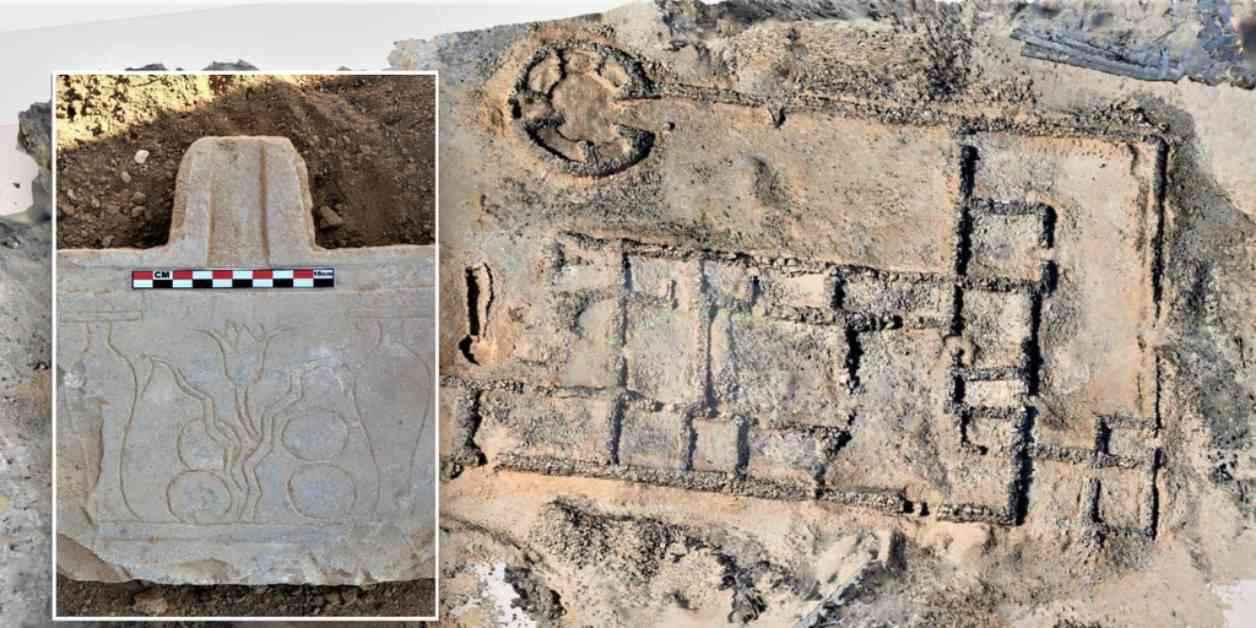Ancient Egyptian Gold Mine Exposes Historical Treasures from Millennia Past
Egyptian archaeologists recently stunned the world with a groundbreaking discovery: a 3,000-year-old gold mining complex teeming with remnants of ancient homes, workshops, and even baths. Situated in Jabal Sukari, southwest of Marsa Alam in the Red Sea Governorate, this archaeological marvel was unveiled by the Egyptian Ministry of Tourism and Antiquities, as announced in a Facebook post on Feb. 25.
Delving into the heart of antiquity, researchers unearthed a fully-fledged mining camp that dates back three millennia. Among the trove of treasures lay the remnants of a sophisticated gold extraction factory from quartz veins, a testament to the advanced metallurgical skills of ancient Egyptians. The camp revealed a complex web of operations, from crushing and grinding quartz stones to smelting gold in clay furnaces—a process that spanned filtration, sedimentation basins, and gold extraction.
Archaeological Marvels Revealed
Beyond the industrial prowess of this ancient civilization, the archaeological team unearthed a rich tapestry of life in the mining complex. Living quarters of miners, workshops, mining sites, places of worship, administrative buildings, and even Ptolemaic baths were among the discoveries. Amidst the ruins, archaeologists found 628 ostraca, broken pieces of pottery and stone inscribed with hieroglyphics, demotic Egyptian script, and Greek—a testament to the cultural diversity of the region.
The dig site also yielded a treasure trove of artifacts, including Ptolemaic-era bronze coins, terracotta statues from the Greco-Roman period, and stone statues of deities like Bastet and Harpocrates. The excavators uncovered pottery vessels of various shapes and sizes, daily and ritualistic use, gemstone beads, and decorative tools crafted from shells—painting a vivid picture of daily life in this ancient mining hub.
Historical Significance and Modern Relevance
The ancient mining complex stood in close proximity to the Sukari Gold Mine, a modern-day mining site that came into operation in 2009. To ensure the preservation of these priceless artifacts, officials relocated the findings to a secure location away from the bustling activities of the contemporary mine. The Secretary-General of the Supreme Council of Antiquities underscored the project’s significance, shedding light on ancient Egyptian gold extraction techniques and the social, religious, and economic life of miners in the Eastern Desert.
Minister of Tourism and Antiquities Sherif Fathy expressed his elation at the discoveries, emphasizing their role in unlocking the historical secrets of the region. Fathy highlighted the Ministry’s dedication to safeguarding Egypt’s cultural heritage while aligning with the state’s vision for developmental and economic progress. These findings add to the mosaic of archaeological treasures unveiled in Egypt in 2025, following the recent unearthing of King Thutmose II’s tomb and the discovery of Teti Neb Fu’s tomb, a revered ancient physician to pharaohs.
As we bask in the glow of these ancient revelations, let us pause to marvel at the enduring legacies of civilizations past and the untold stories that lie buried beneath the sands of time.


